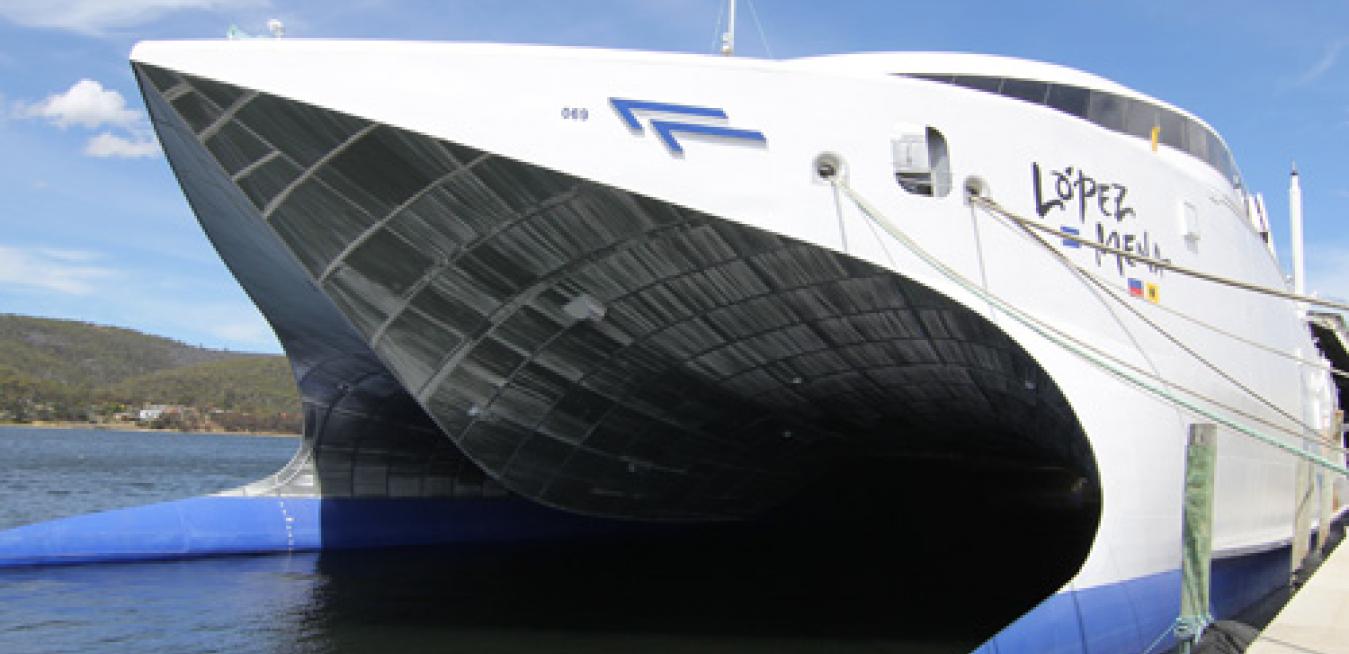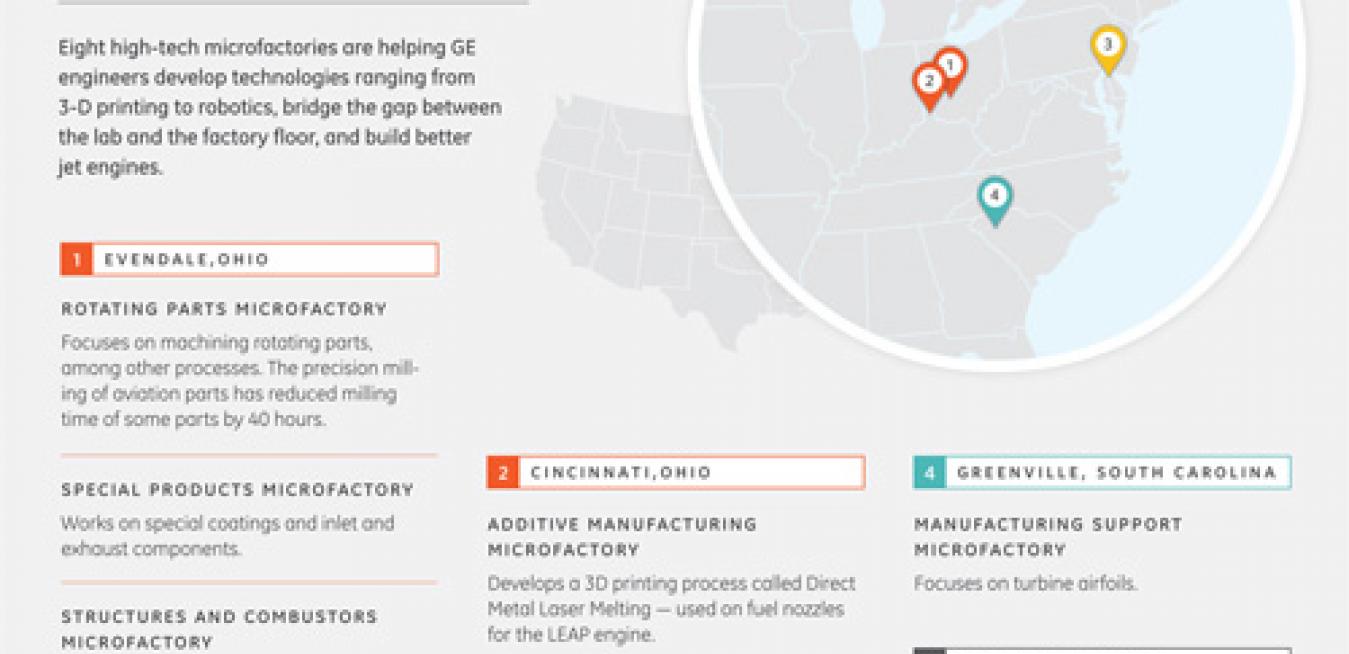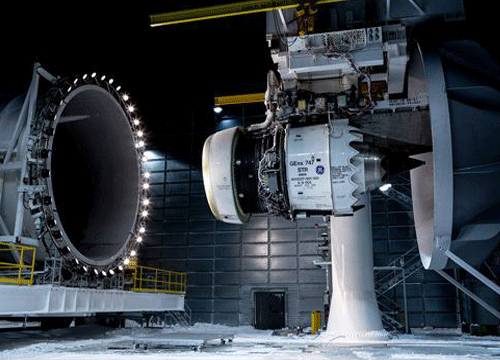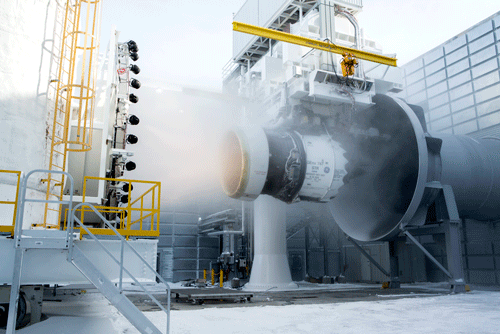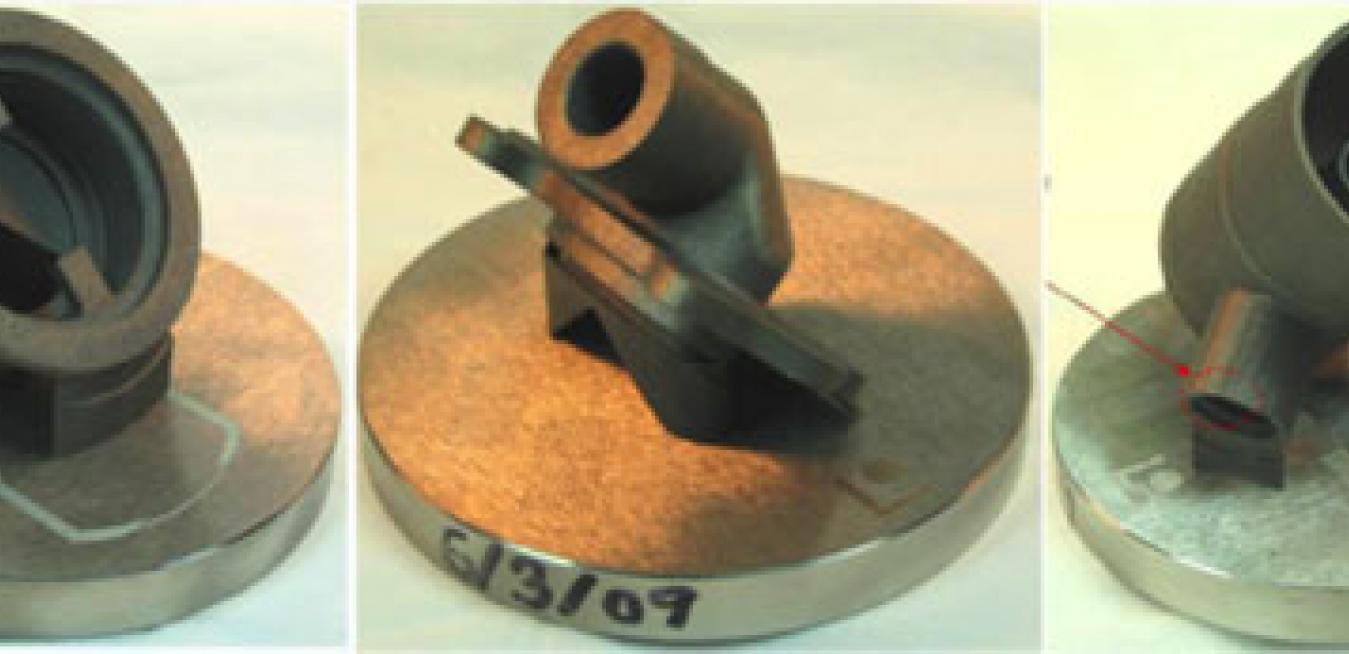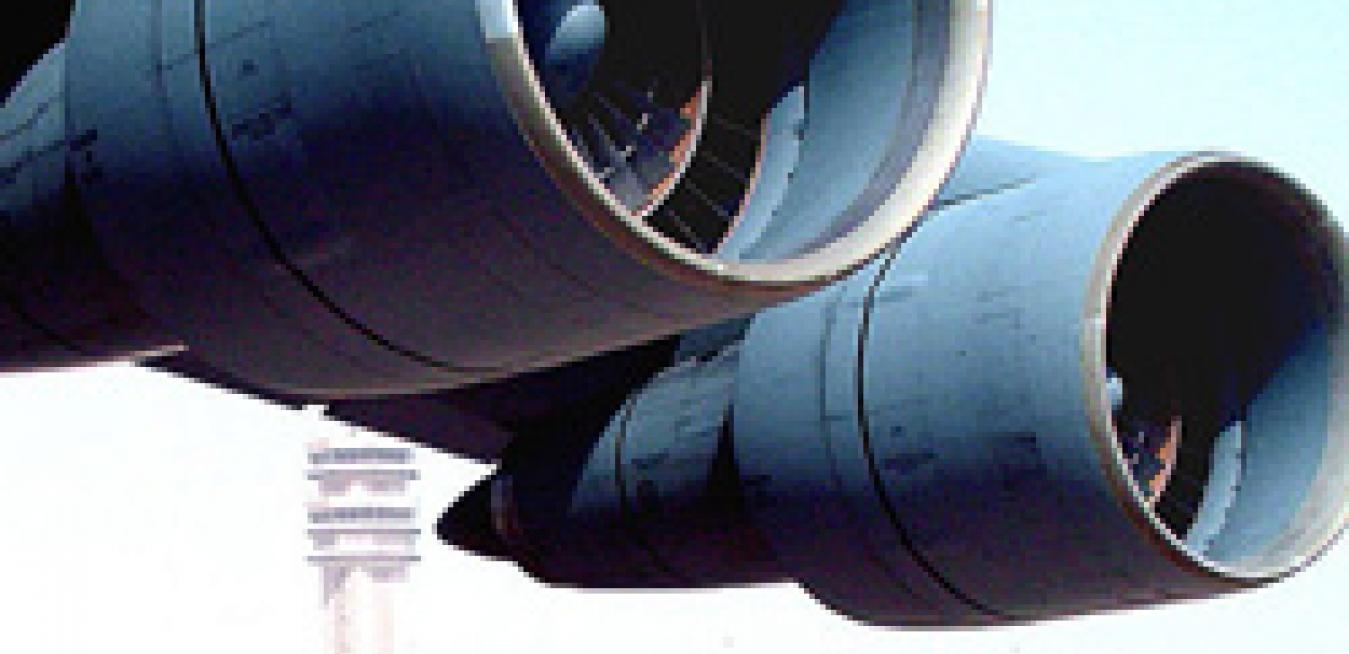So you’ve developed a revolutionary new material that could take hundreds of pounds off a jet engine and save millions in costs, but now what? “We invent these fantastic new technologies and processes, but then we have to navigate the challenges that come with effectively scaling them up for production,” says Robert McEwan, general manager for new product introduction at GE Aviation.
Etihad Airways, the United Arab Emirates’ flag carrier, will tap the Industrial Internet and use sophisticated software to harvest and analyze gigabytes of data generated by hundreds of sensors working inside its planes. The tools will allow Etihad to monitor planes in real time, reduce fuel costs, manage plane maintenance, and even spot problems before they happen.
In the 1960s, the Soviet airline Aeroflot was shopping for a tough new commuter plane that could service far flung airports in the frozen Taiga as well as the sun-baked Kazakh desert. With few options on the market, Aeroflot bosses commissioned Czech aviation engineers, long regarded among the best in the business, to build an aircraft that met their needs and an engine to go with it. The plane, the L-410 Turbolet, and the engine have been in production since, flying passengers and cargo across Europe, Africa, Asia and South America.
Tom Brisken smiles when he sees his jet engine roar down the runway, but it is the smile of a long-distance runner at the end of a marathon. Brisken spent the last decade developing GE’s most advanced large jet engine, the GEnx, as the general manager in charge of large aircraft customer strategies at GE Aviation, and the path to technological breakthrough wasn’t always clear. “There for a while we were biting our nails,” he says.
Ever since Ulysses plunged his oar in the wine-dark Aegean Sea, mariners have been looking for an efficient way to move a ship. Greek galleys anticipated Robert Fulton’s paddle wheel, which was put out of business by the screw propeller. But GE engineers now built and patented a new machine that attaches to the bottom of a ship like a jet engine to an aircraft wing, and looks like one too. The device, called the Inovelis pump jet, can swivel 360 degrees around its axis and push the ship in any direction without a rudder.
Boeing said today it picked GE as the engine partner for the next-generation of its 777 long-range passenger jet. “We are studying airplane improvements that will extend today’s 777 efficiencies and reliability for the next two decades or longer, and the engines are a significant part of that effort,“ said Bob Feldmann, vice president and general manager for the 777X development project at Boeing Commercial Airplanes.
Last October, Michael Idelchik, vice president for advanced technologies at GE Global Research, pointed to 3-D printing called it “the next manufacturing revolution.” Idelchik said that 3-D printing, also described as additive manufacturing, “had the potential to fundamentally disrupt” how we make complex machines and transform industries. “The potential impact of additive manufacturing is huge,” Idelchik said. The technology “prints” intricate designs by adding thin layers of material on top of each other.
It was the 1960s and the U.S. Air Force came to GE with a big problem. It had ordered from Lockheed a huge new cargo jet, the largest plane in the world in fact, and needed a jet engine that could match it and haul 50,000 tons of tanks, transporters and equipment 5,000 miles anywhere in the world at a clip of 500 miles per hour.
Every day, Kenya’s capital Nairobi goes four hours without power. That’s the price of a growing economy bumping against creaky infrastructure struggling to keep up. The blackouts are big problem for people like Bernard Njoroge, whose company Adrian Group keeps cellphone towers running for Kenya’s largest telecom, Safaricom. Njoroge used to rely on noisy power generators belching diesel fumes into Kenya’s hot air, and lead-acid batteries that could barely bridge the outage gap.
